Servlet Context应用
Servlet Context
web容器在启动的时候,它会为每个web程序都创建一个对应的ServletContext对象,代表了当前的web应用
一、共享数据:一个Servlet中保存 的数据,可以在另外一个Servlet中拿到

首先创建一个放置数据的类
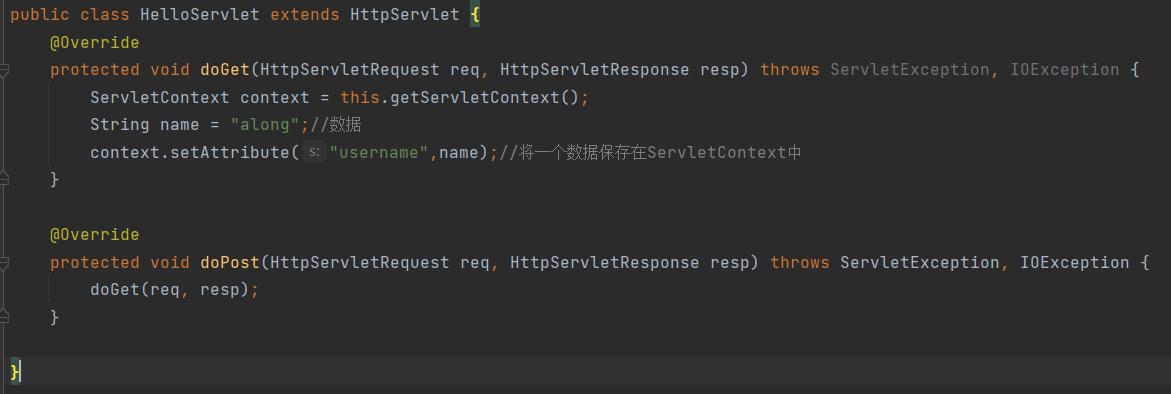
还要有一个读取它的类
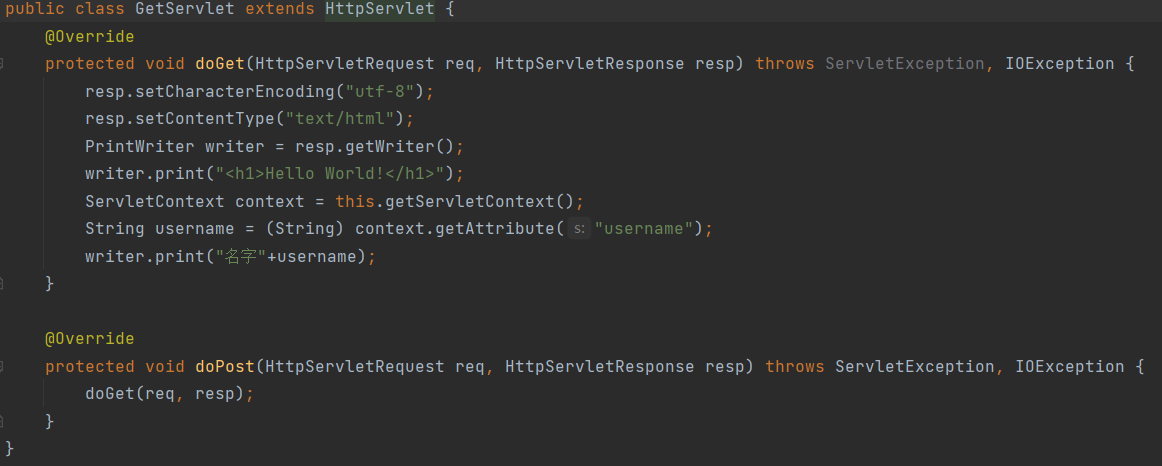
配置web.xml
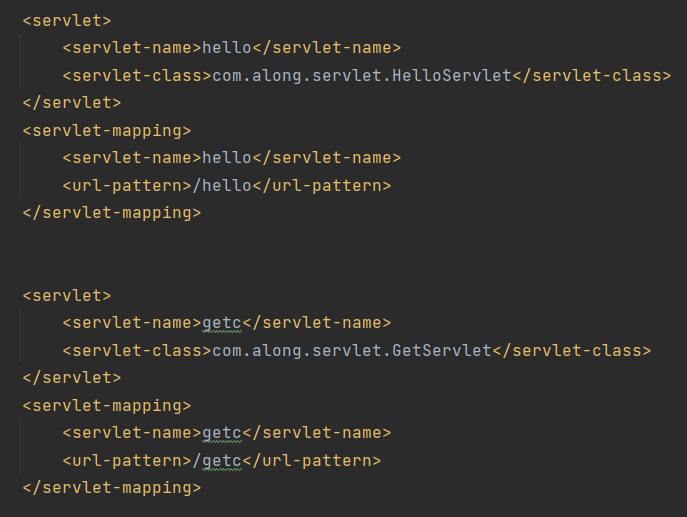
Tomcat启动后,我们先访问/hello将数据存入ServletContext中,然后访问/getc,这样我们就可以访问到存入的数据。
二、获取初始化参数
在web.xml中配置

写一个获取的类
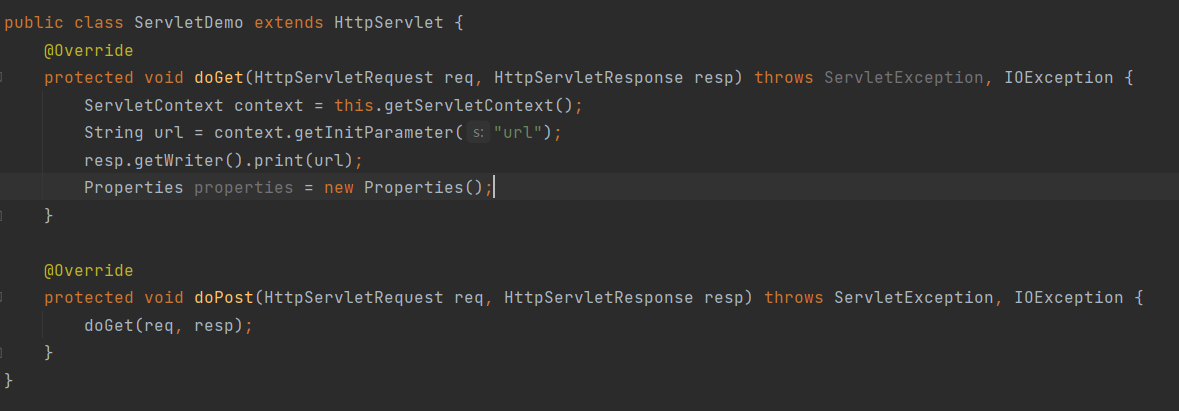
配置web.xml

三、请求转发


描述:当我们输入/sd请求时会跳转到/gp请求
<!--在build中配置resource,来防止我们资源导出失败的问题-->
<build>
<resources>
<resource>
<directory>src/main/resources</directory>
<includes>
<include>**/* . properties</ include>
<include>*+/* . xm1</inc1ude>
</inc1udes>
<filtering>true</filtering>
</resource>
<resource>
<directory>src/main/java</ directory>
<includes>
<include>**/*. . properties</inc1ude>
<inc1ude>**/*. xm1</inc1ude>
</includes>
<filtering>true</fi1tering>
</resource>
</resources>
</build>
四、读取资源文件
Properties
在java目录下新建properties
在resources日录下新建properties
发现:都被打包到了同一个路径下: classes, 我们俗称这个路径为lasspath:
思路:需要-个文件流.
配置文件

实现类
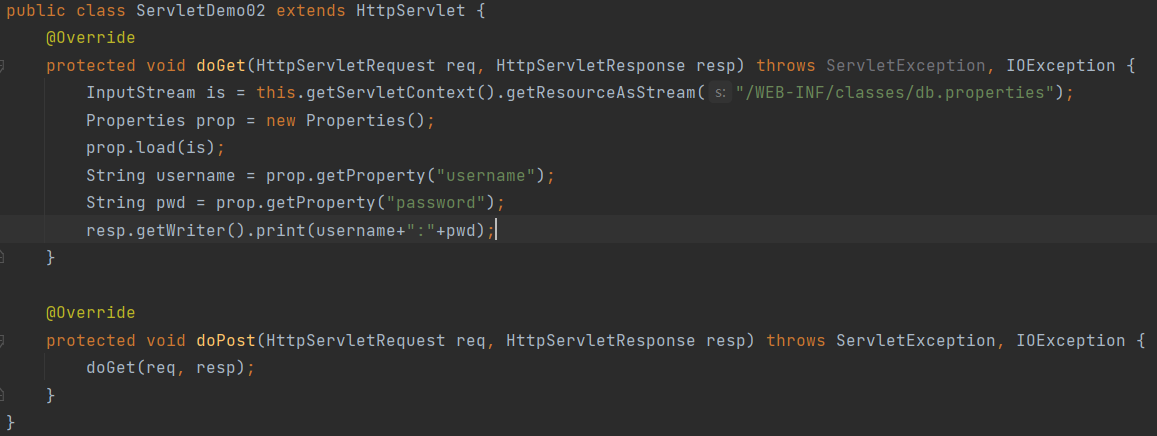





【推荐】国内首个AI IDE,深度理解中文开发场景,立即下载体验Trae
【推荐】编程新体验,更懂你的AI,立即体验豆包MarsCode编程助手
【推荐】抖音旗下AI助手豆包,你的智能百科全书,全免费不限次数
【推荐】轻量又高性能的 SSH 工具 IShell:AI 加持,快人一步
· 阿里巴巴 QwQ-32B真的超越了 DeepSeek R-1吗?
· 10年+ .NET Coder 心语 ── 封装的思维:从隐藏、稳定开始理解其本质意义
· 【设计模式】告别冗长if-else语句:使用策略模式优化代码结构
· 字符编码:从基础到乱码解决
· 提示词工程——AI应用必不可少的技术